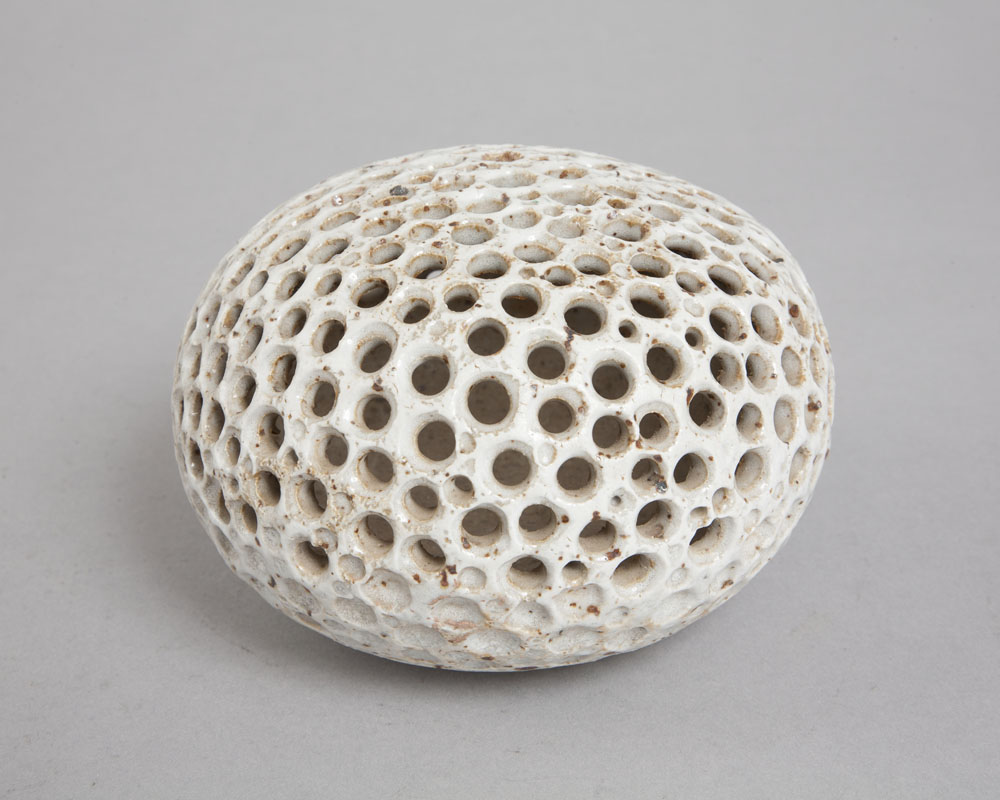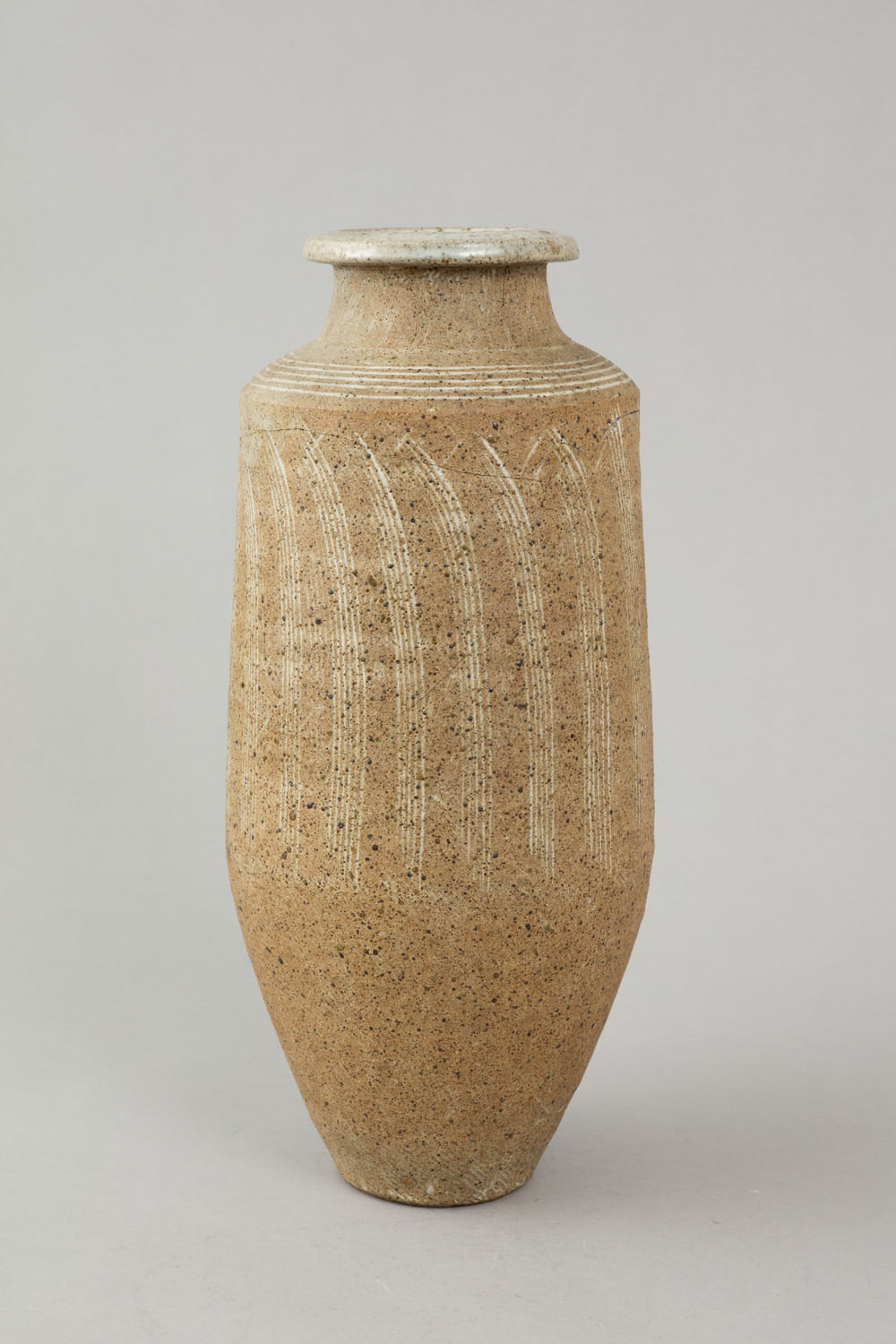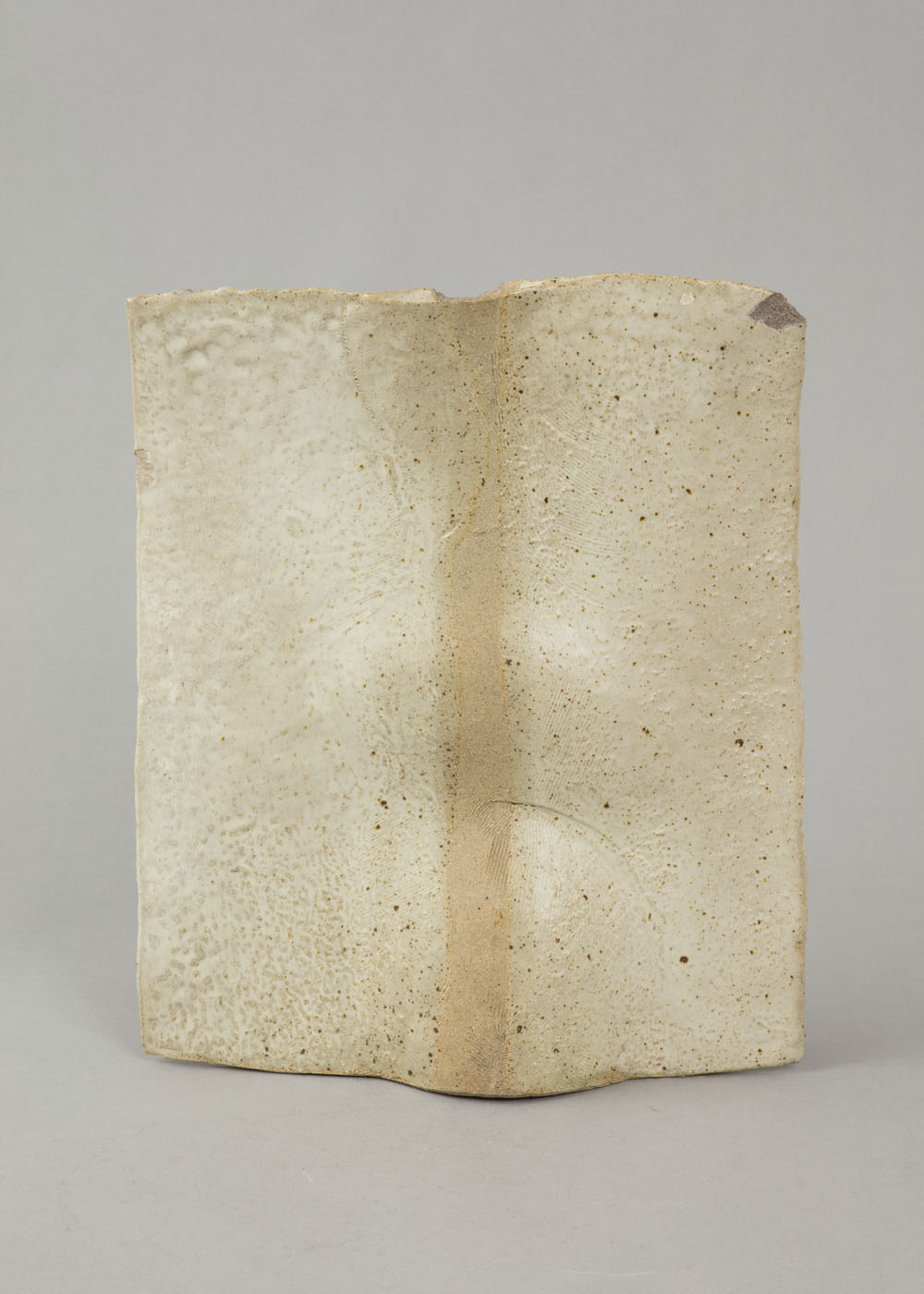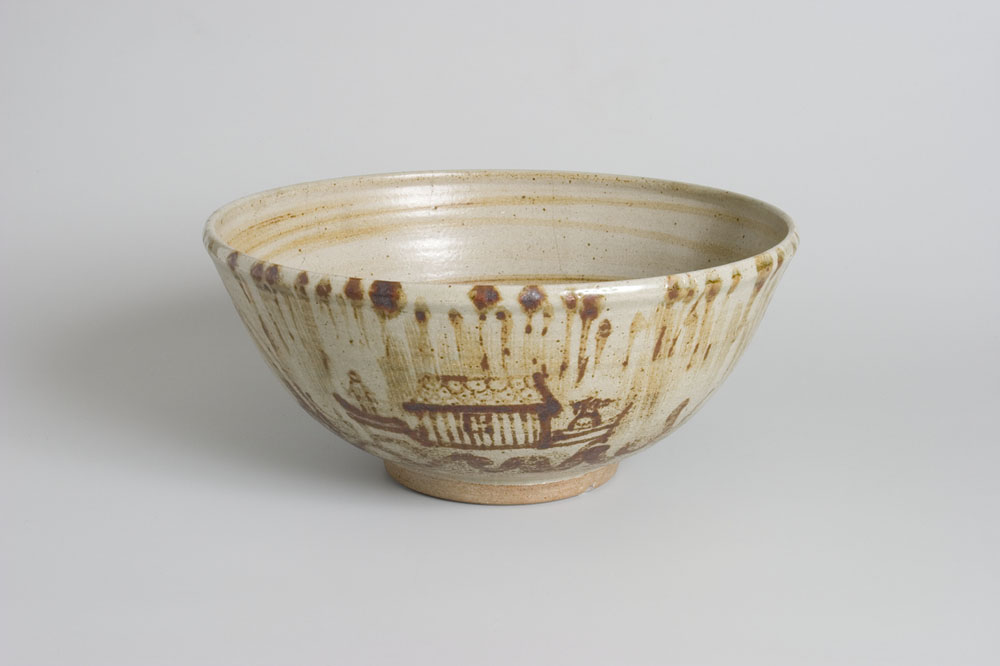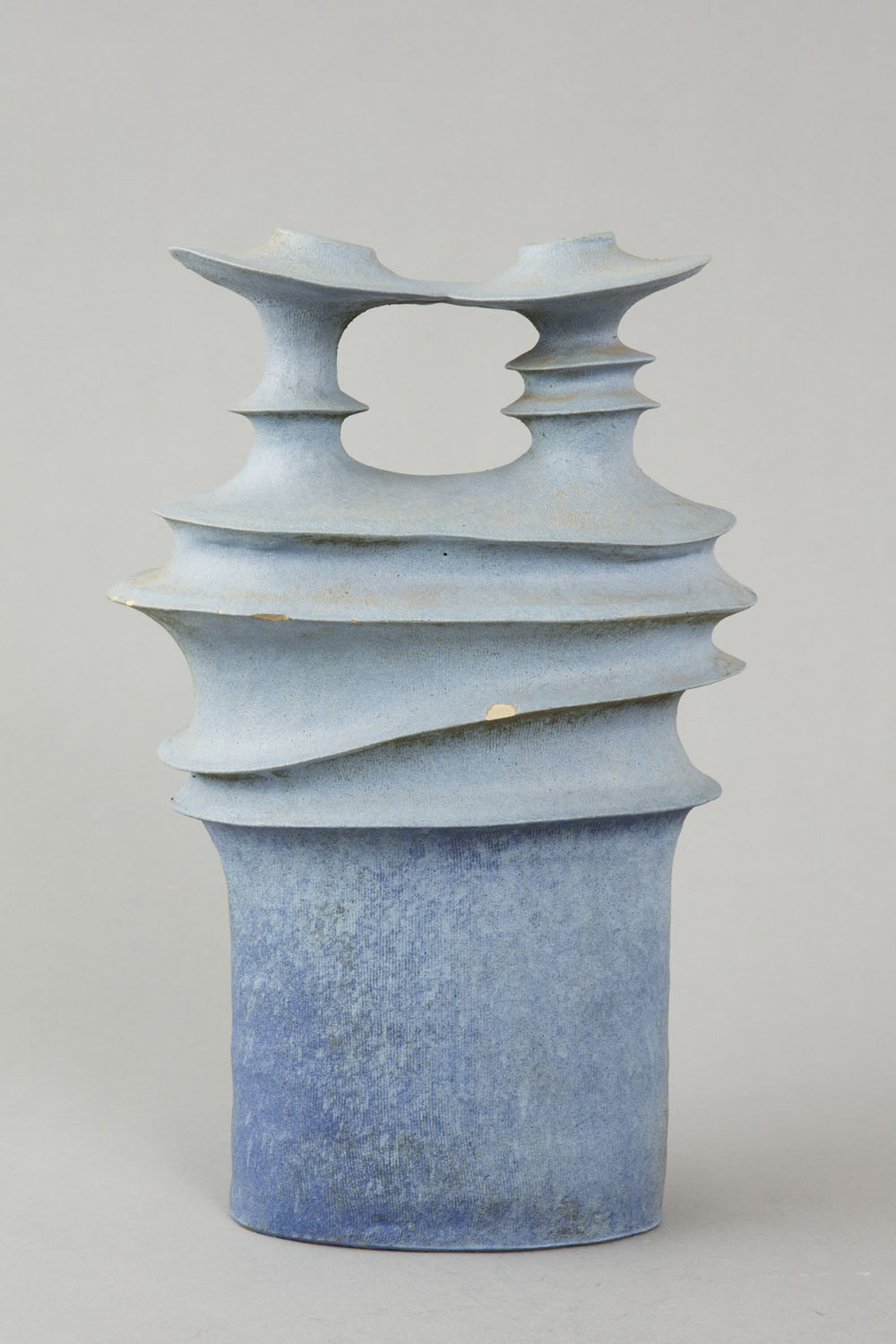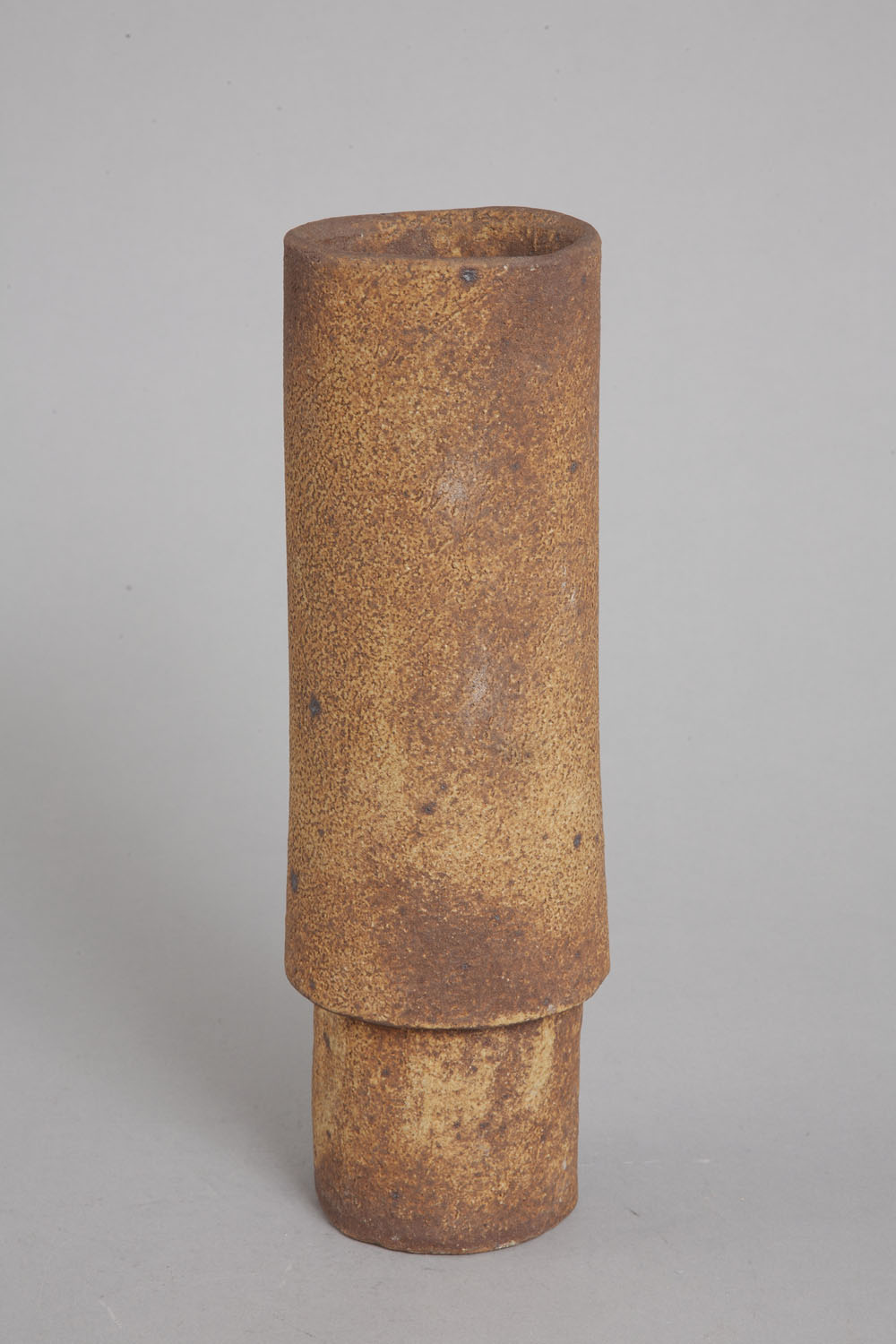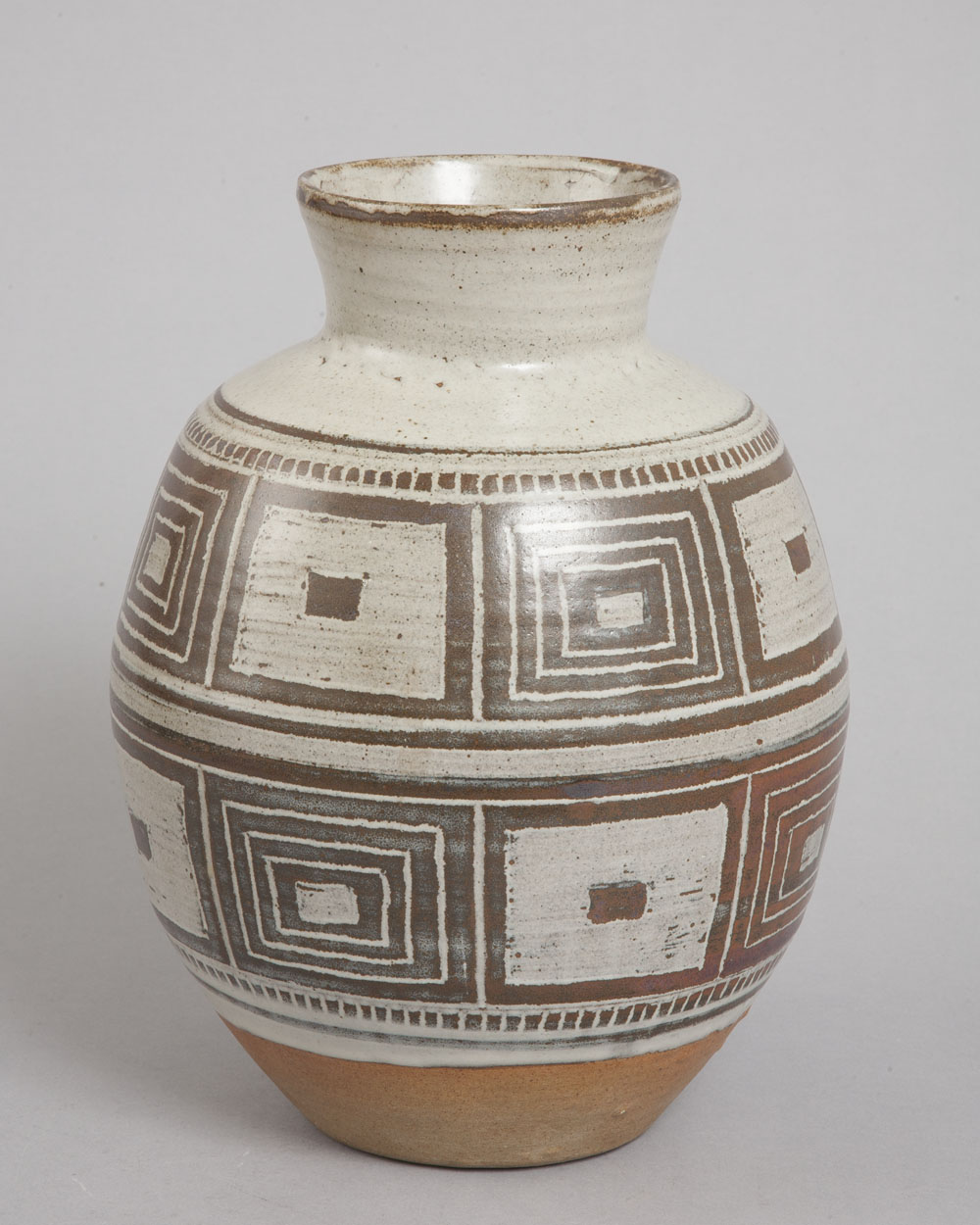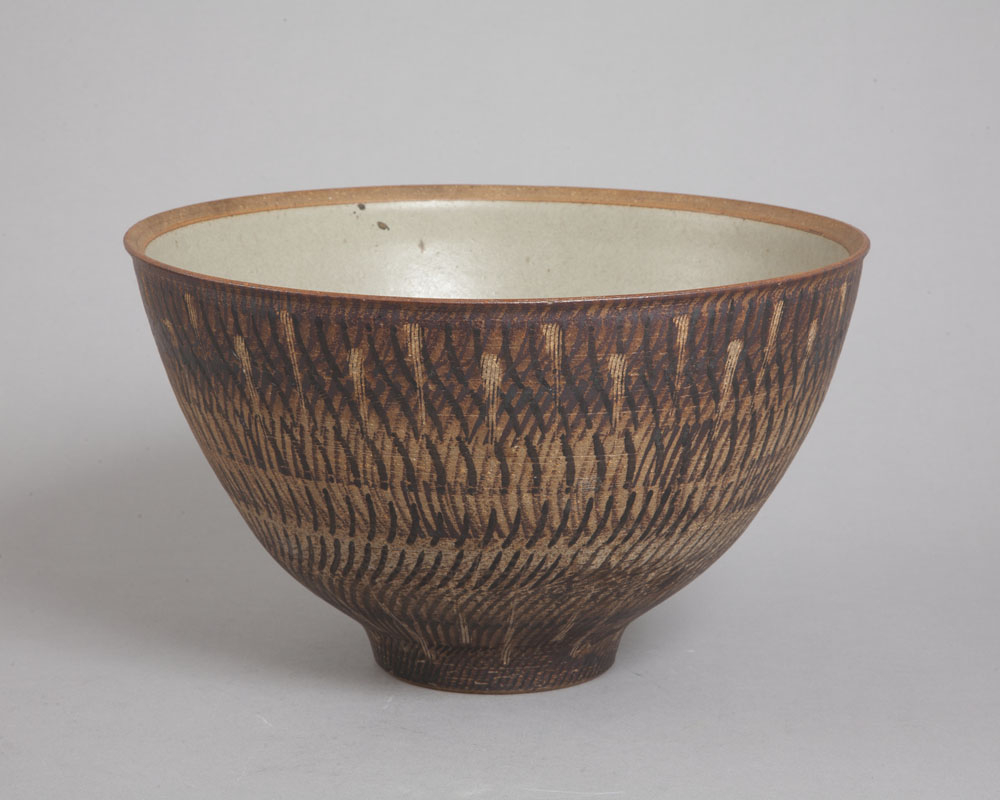Firing minds
Cockerels, fish, birds, coil pots and slab pots were chosen for schools with children in mind. Intriguing shapes, decoration and techniques were selected that might be explored in the classroom.
Teachers made their choice every term for their classroom or sometimes for a special display in a case in the school foyer.
‘The Schools Art Service was very special, it really helped children develop their talents and offered very special opportunities.’ Denny Long, RWA, Head of Art, Whitfield Upper School (1973-74).
Post war ideals
Creativity was an important part of the strategy for post-war education. The School Prints scheme began in 1945 and many local authorities had art loan schemes until the 1980s and ‘90s. Pottery was rarer, but was part of other schemes including those in Cornwall and Derbyshire.
Robert Whiteford ran the Bristol scheme with Desmond Beavis and later Gerald Cains. Teachers recall Des inviting people in to show off new acquisitions. Many were bought from Henry Rothschild’s London gallery Primavera, which had a reputation for spotting significant new work.
More than 400 pots were collected over nearly 40 years. In 1963 180 examples featured in an exhibition here called Contemporary Pottery. In 1990 the scheme ceased, it had become too expensive to run and the pots had increased in value. Many became part of the museum collection in 2004. Paul Rice, ceramic historian, noted in 2003 that ‘It is probably the most comprehensive and interesting collection of 1960s British studio pottery in public hands’.
Hands-on: schools use the collection
The 1960s and 1970s were an exciting time for art education in Bristol. Teachers recall a very creative period. Robert Clamp, a former teacher at Backwell School, just outside Bristol, remembers
‘There were many excellent art teachers in the Bristol area who were both dedicated and enthusiastic since they were given the intellectual space and time to deliver a holistic experience’.
Clamp, whose school employed five full-time art teachers, recalls a boy who ‘didn’t get on well at school’ but who ‘flew’ when introduced to pottery: ‘it gave him a purpose in school’. The Schools Art Service ceramics were generally shown in schools in display cases around the school, especially the more valuable examples. Others were handled in the classroom. Nearly every secondary school in Bristol and Avon borrowed ceramics from the Schools Art Service, either selecting work from an art index or visiting the collection to see what was in stock.
Changing values, changing times: pottery in schools now
When Bristol’s Schools Art Service ended in 1990 pottery was still an important part of the art curriculum. Today, despite the recent efforts of the Crafts Council, whose Firing up scheme aimed to re-invigorate pottery in schools, and many enthusiastic potters, only a handful of kilns remain in Bristol Schools. Art education is viewed by some as being in crisis. Since 2010, the number of art and design teachers in the UK has dropped by 1,200 and lessons in art, music and drama by almost 38,000 hours.
‘I was so lucky to have craft as part of my timetable when I was at Henbury School in the early 1970s… two hour timetable blocks for woodwork, metal work, sewing, cooking and POTTERY. I remember cherishing the prospect of this and feel so lucky to have been educated in this time where the importance of creativity for children was recognised as a standard part of education.’ Kate Malone, 2017
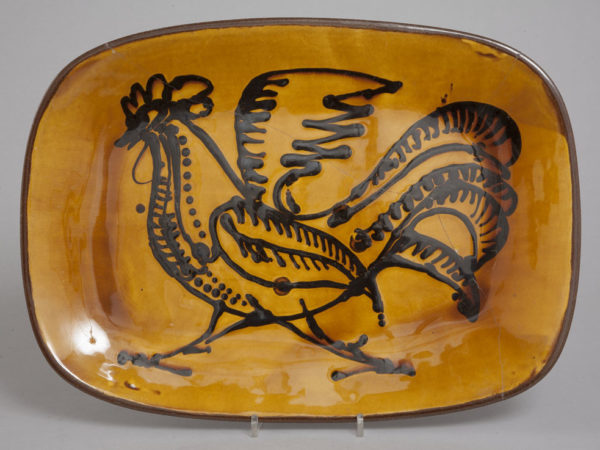
Dish by Ewart Uncles, about 1957
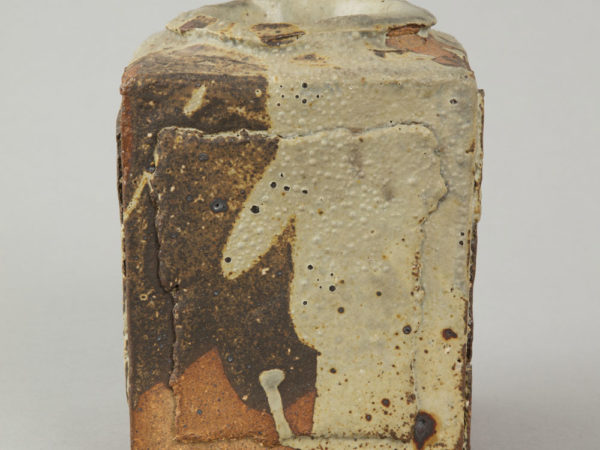
Box by Ian Auld, 1957
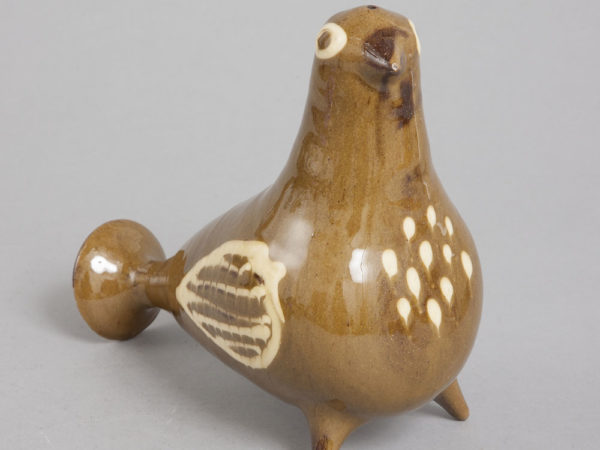
Dove by Ewart Uncles, 1969
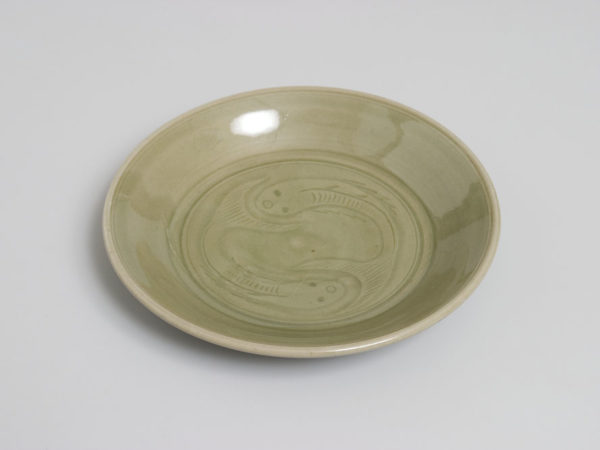
Plate by Harry Davis at Crowan pottery, 1950-60
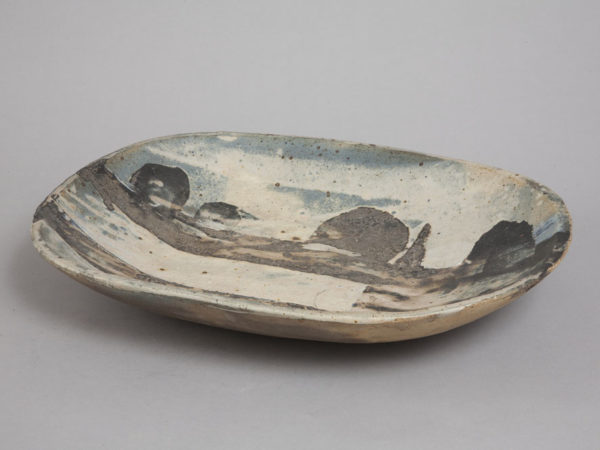
Large dish by Diana Wake, 1969
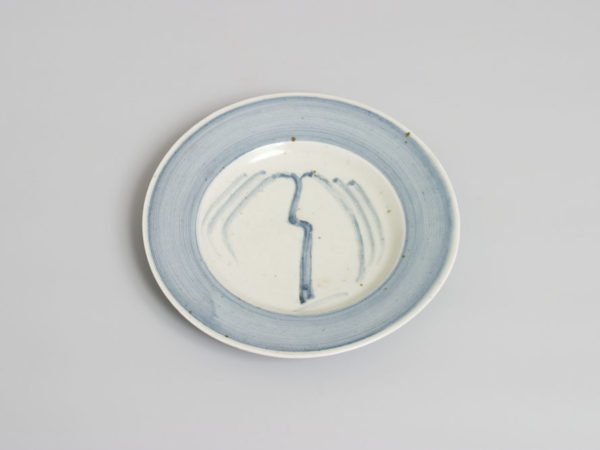
Plate by Bernard Leach, 1959-61
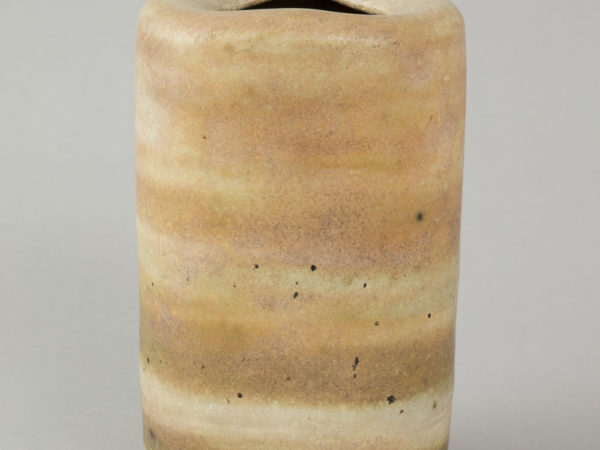
Jar by Lucy Rie, about 1969
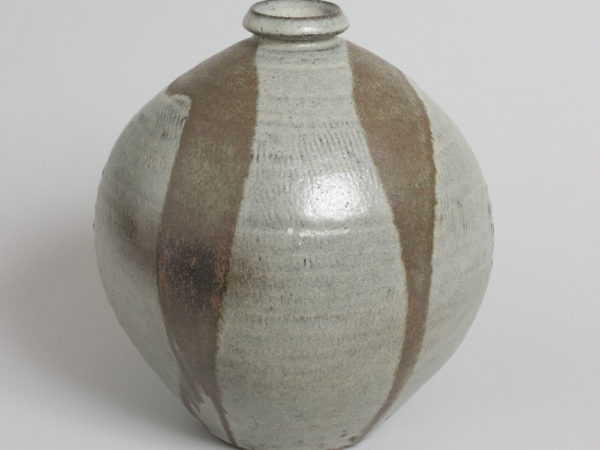
Vase by Waistel Cooper, 1960
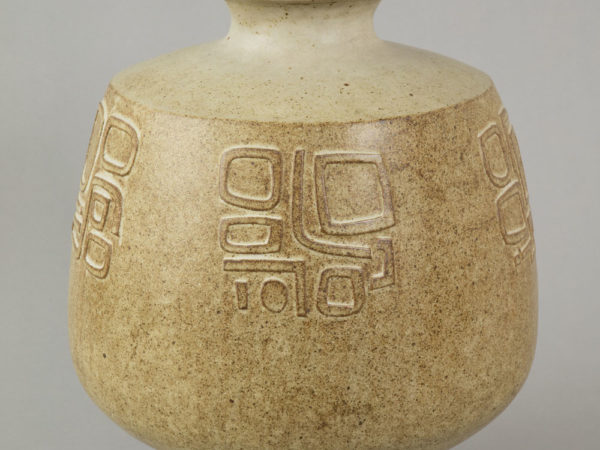
Large jar by George Rainer, about 1965

Water pot by Ladi Kwali, 1960
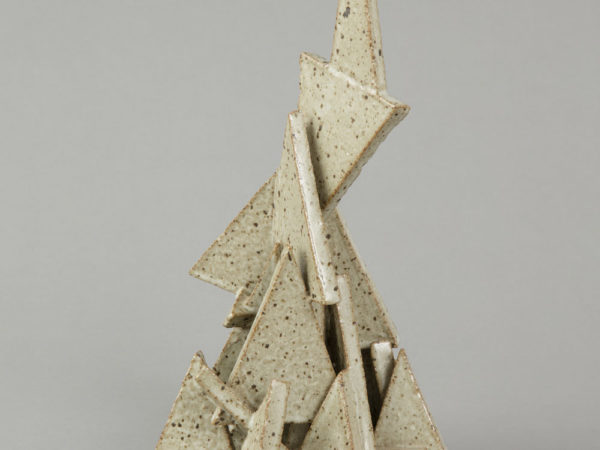
Ceramic construction by Bassindale, 1960-70
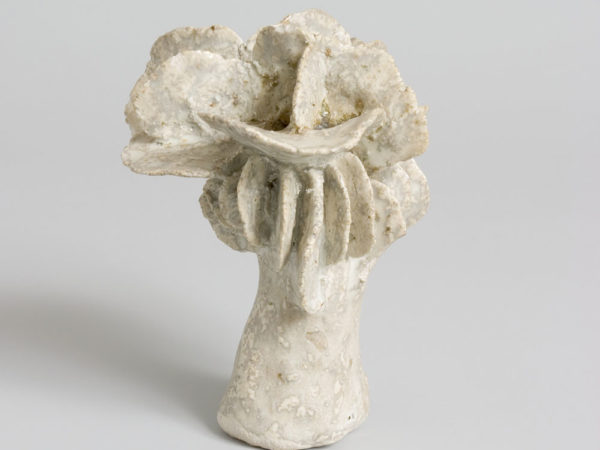
Tree/ceramic construction by Christine Evans, 1968
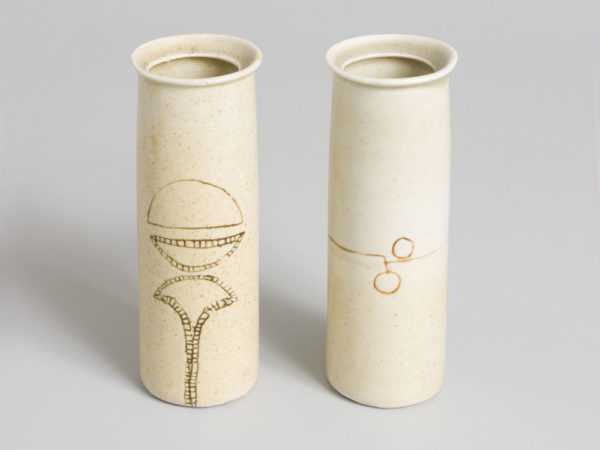
Two jars by an unknown potter, 1981
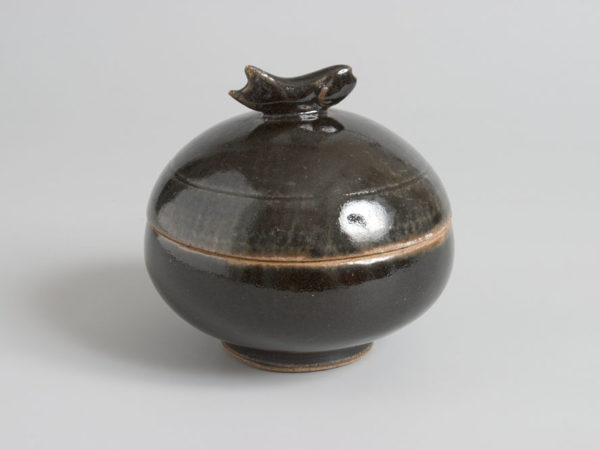
Box by Bernard Leach, 1959-60
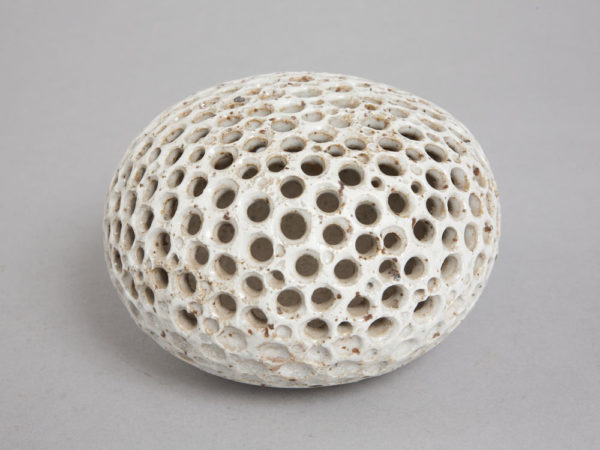
Sphere by Alan Wallwork, about 1981
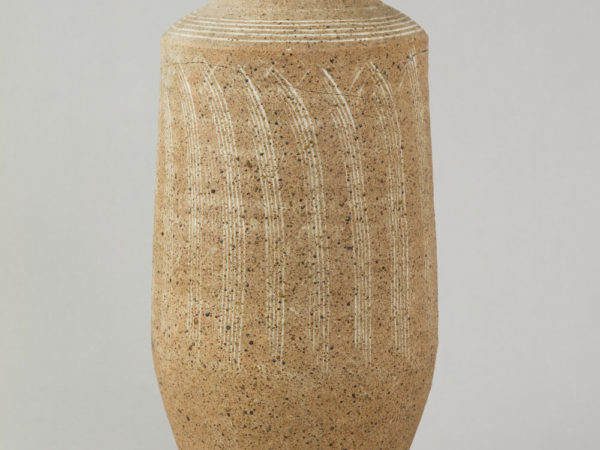
Jar by Helen Pincombe, 1964
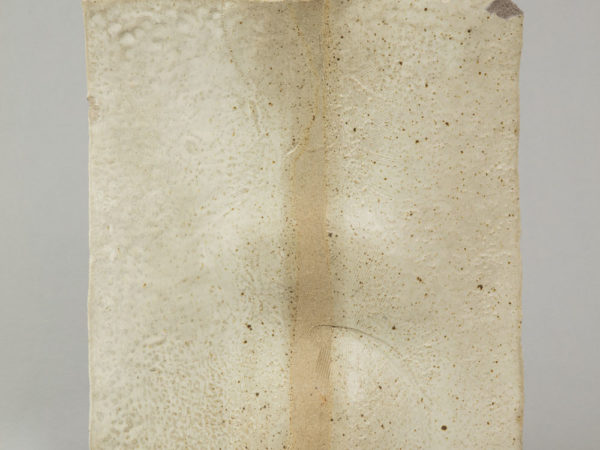
Sculptural form by John Ablitt, 1968
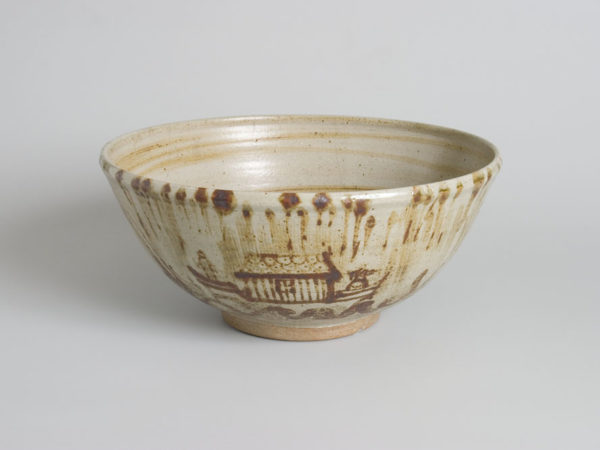
Bowl by Henry Hammond, 1959
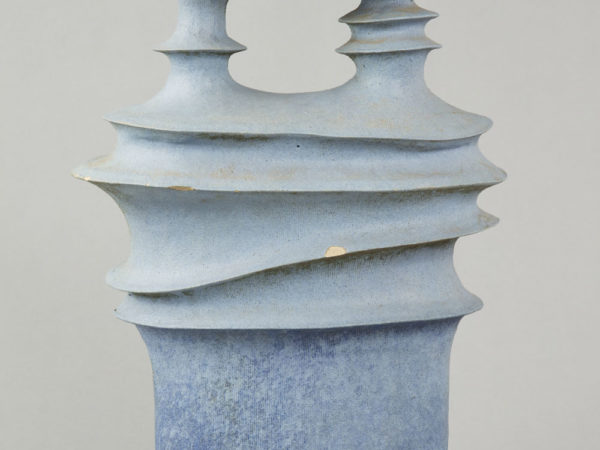
Ceramic construction by Charlie Bundle, 1978
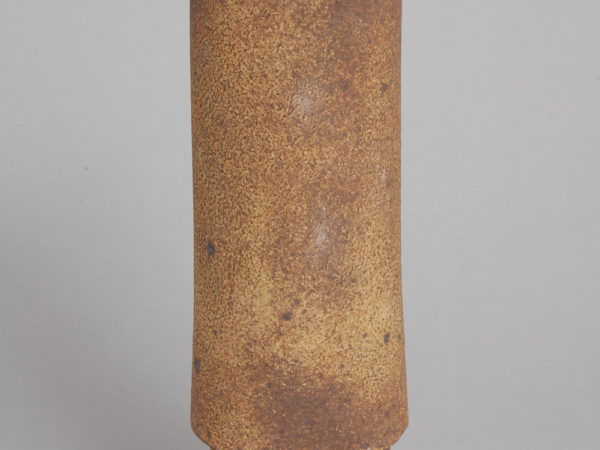
Jar by Dan Arbeid, 1961
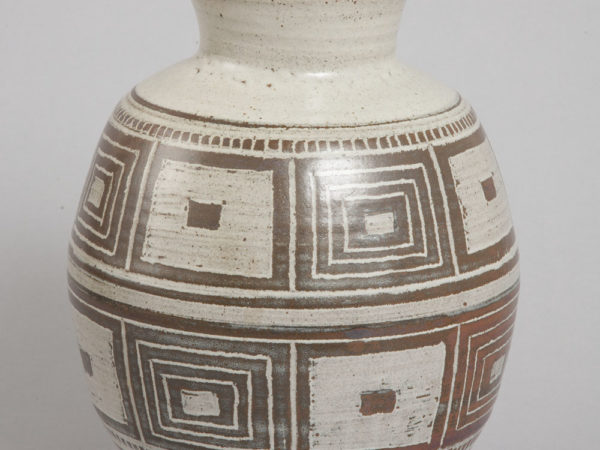
Vase by Geoffrey Whiting, 1950-60
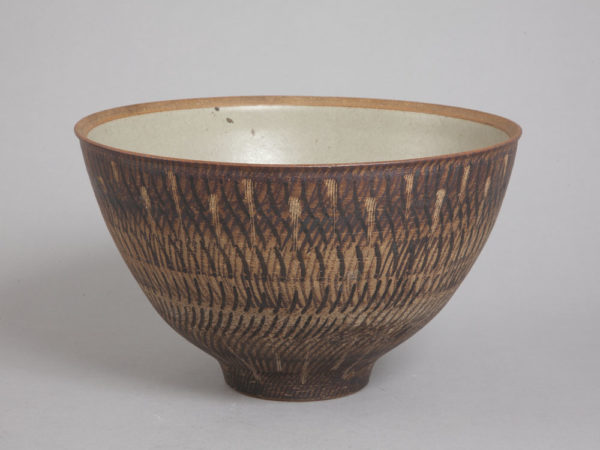
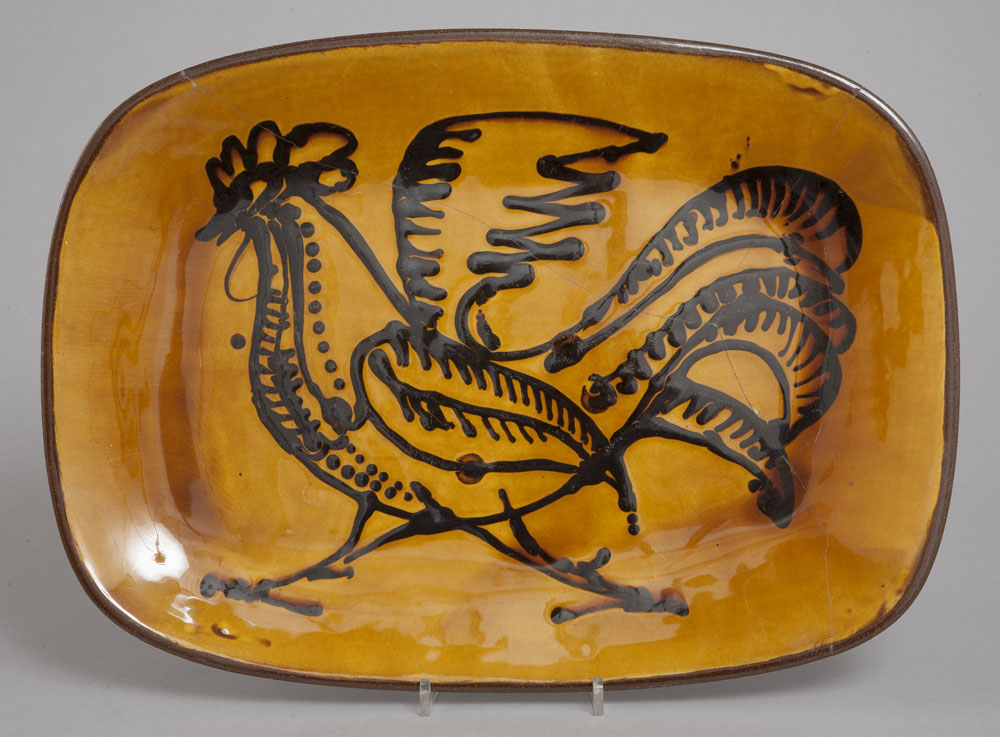
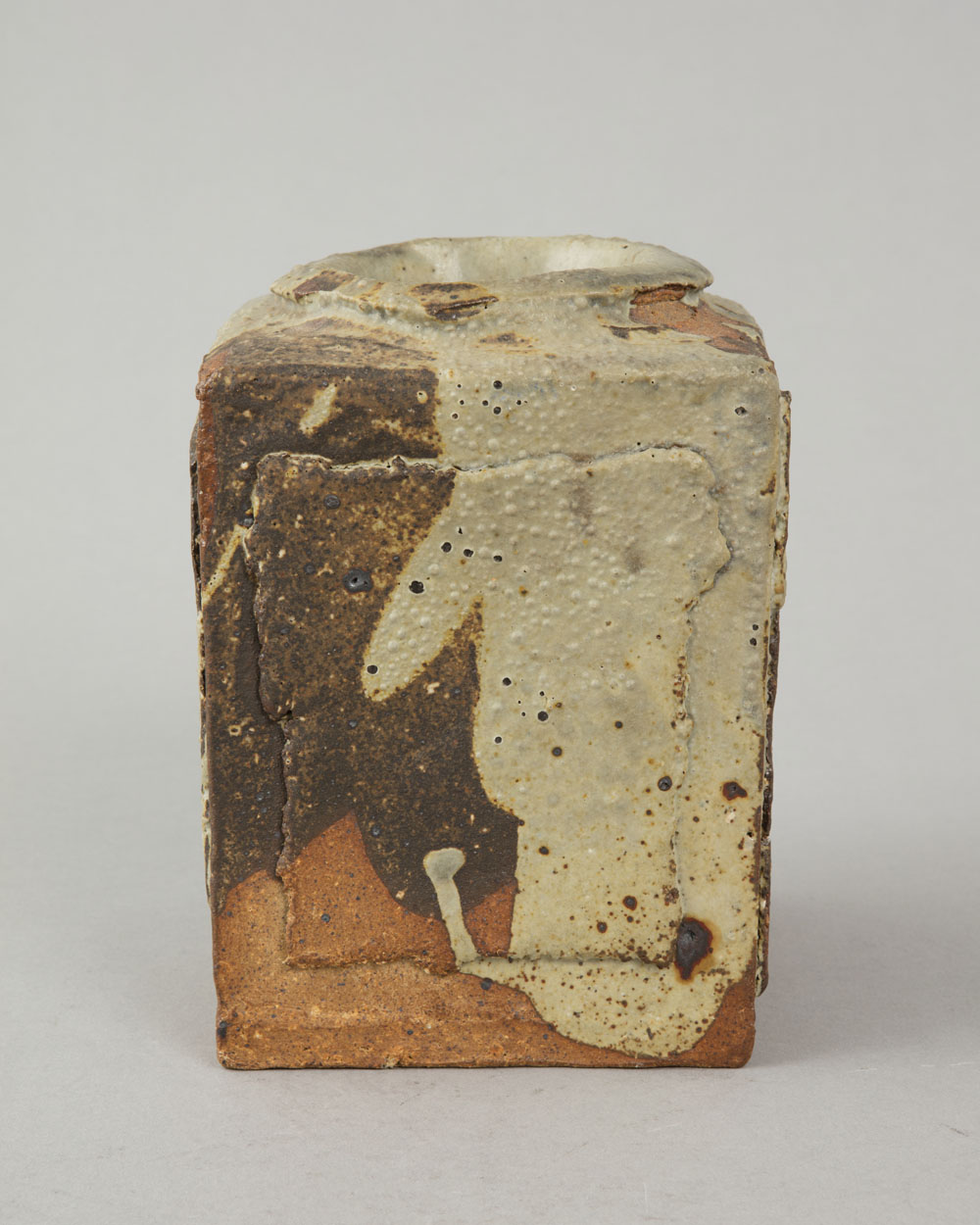
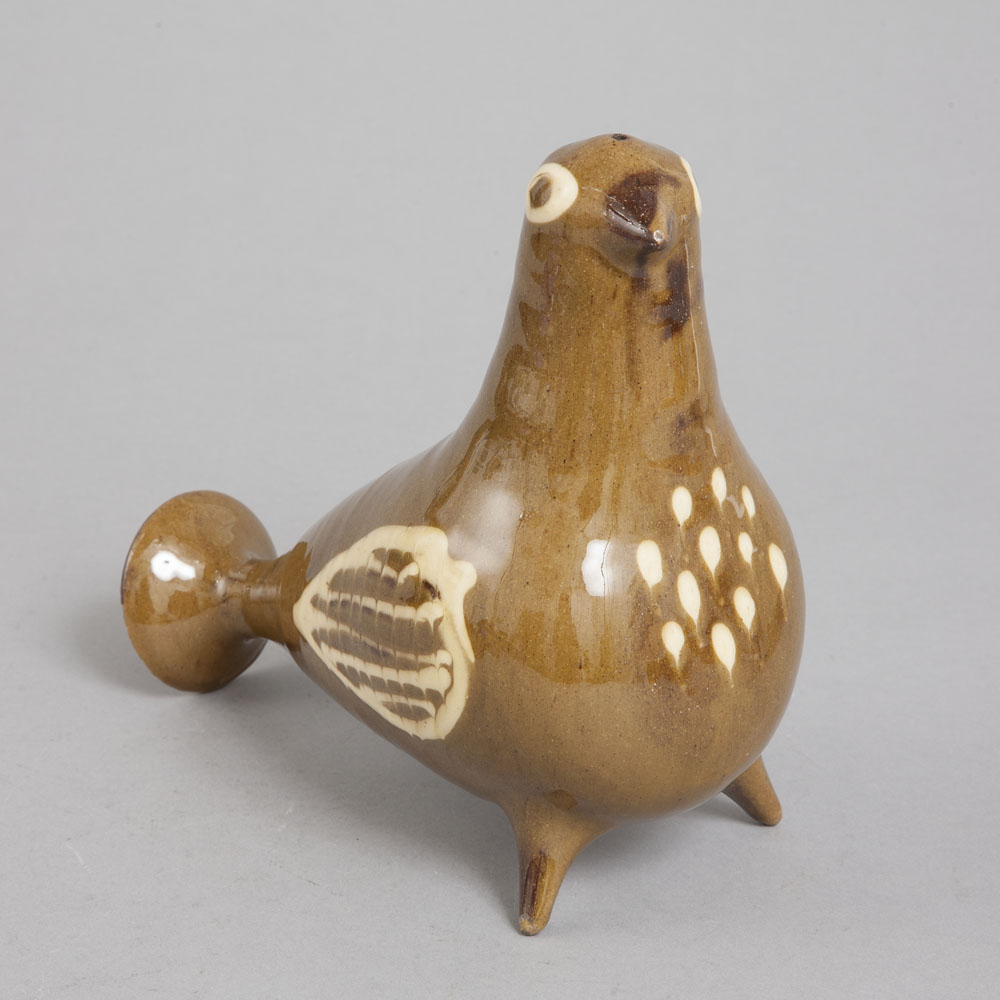
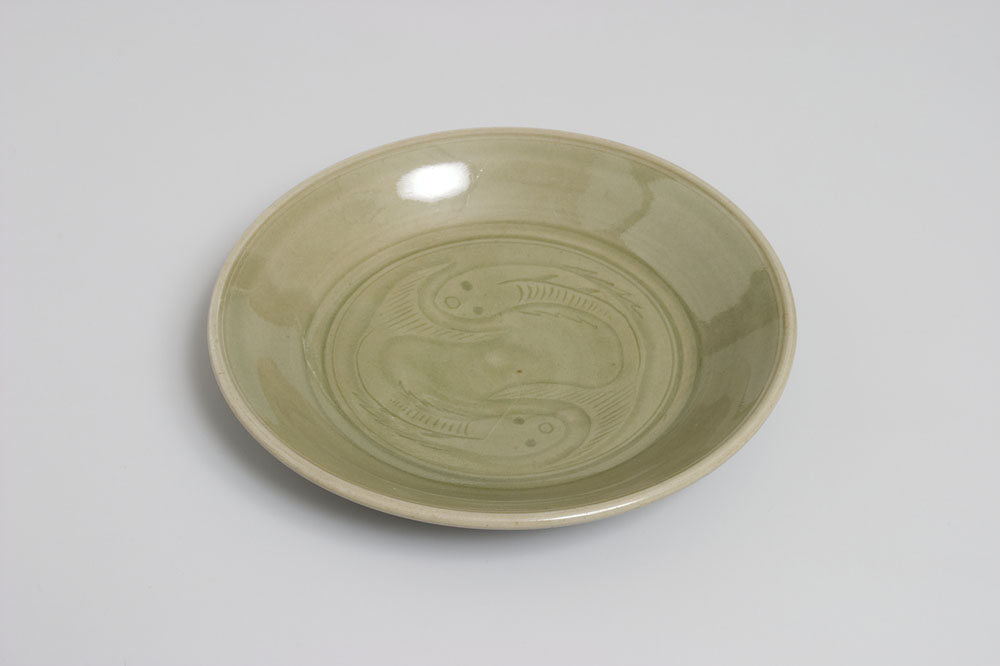
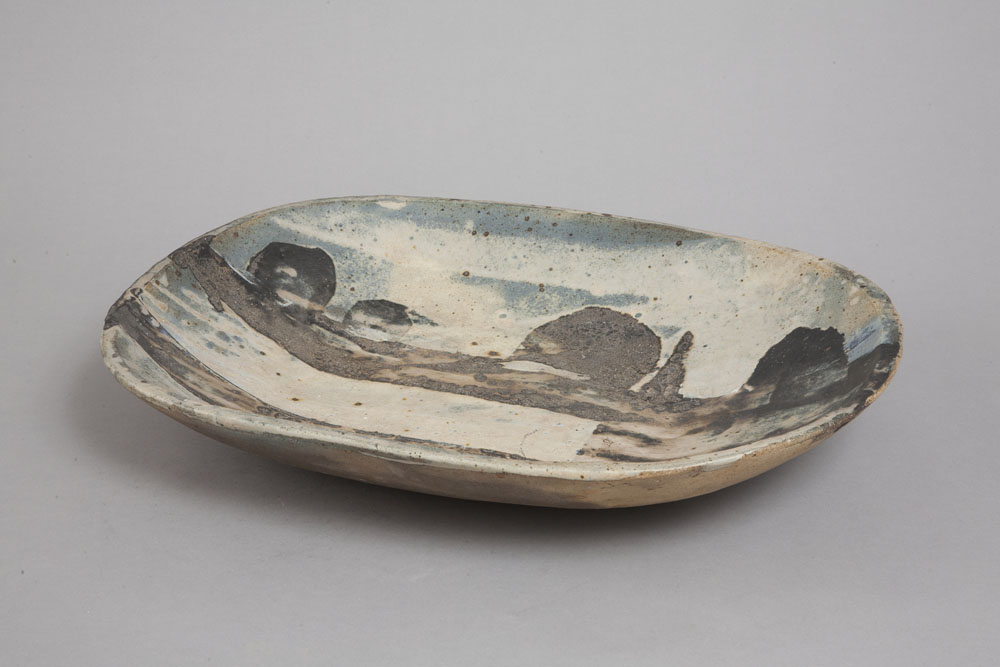
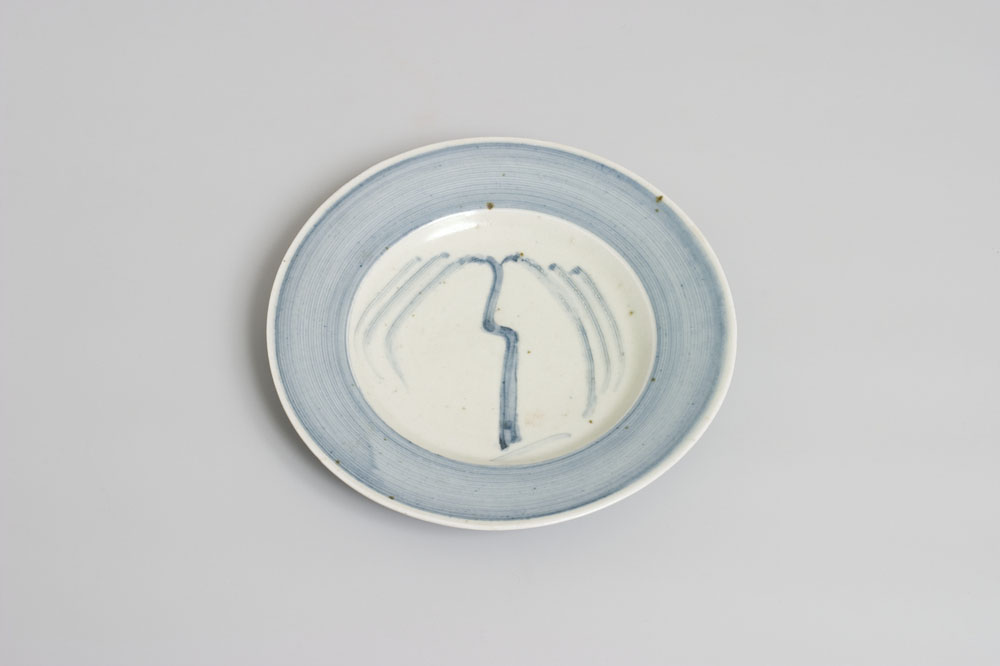
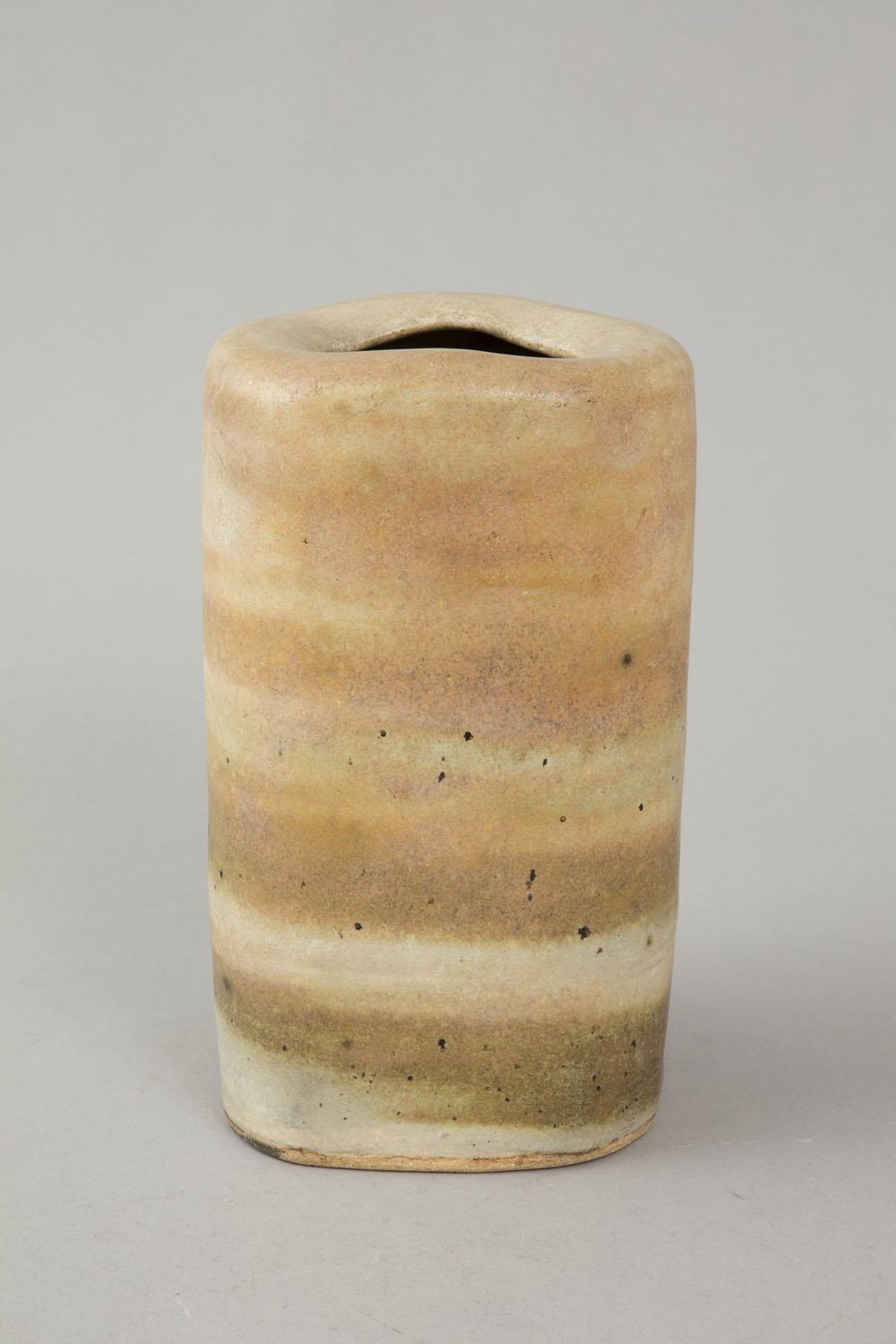
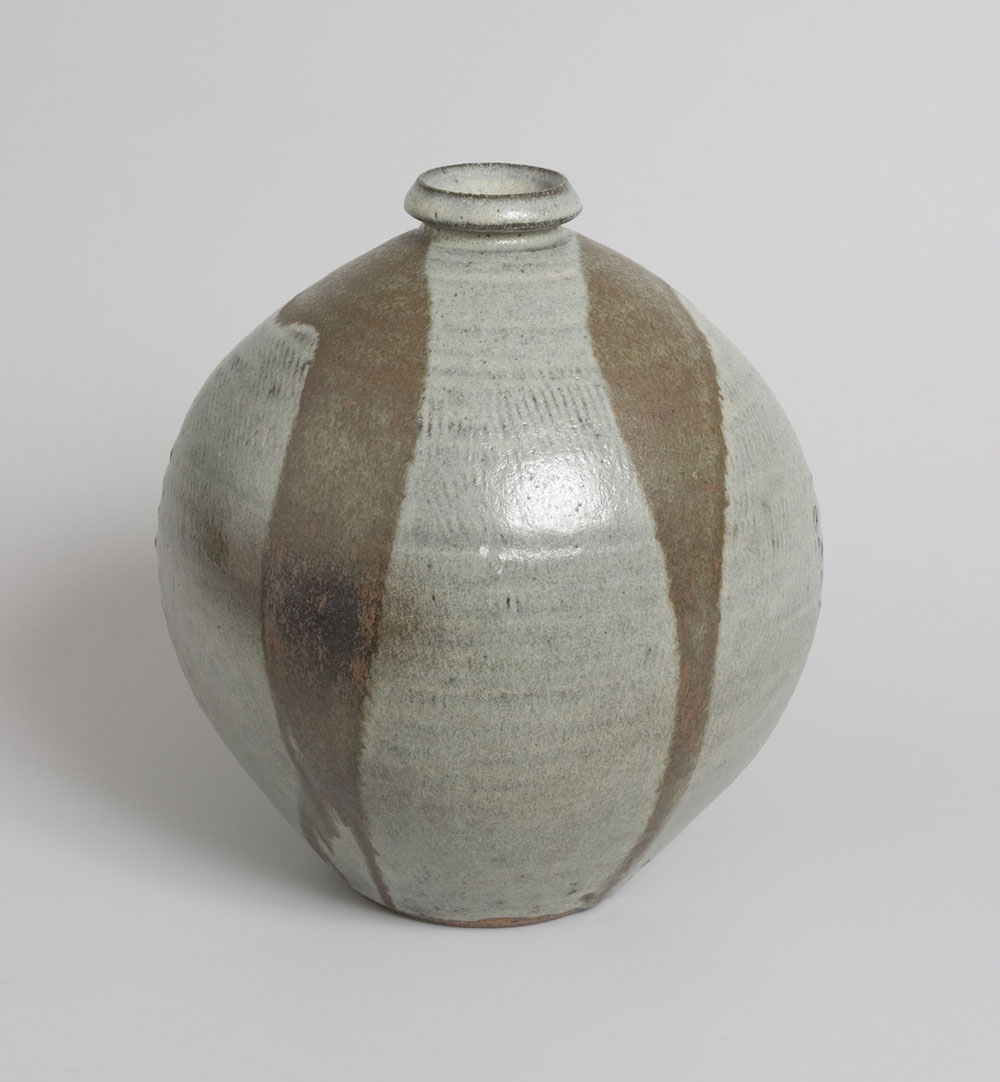
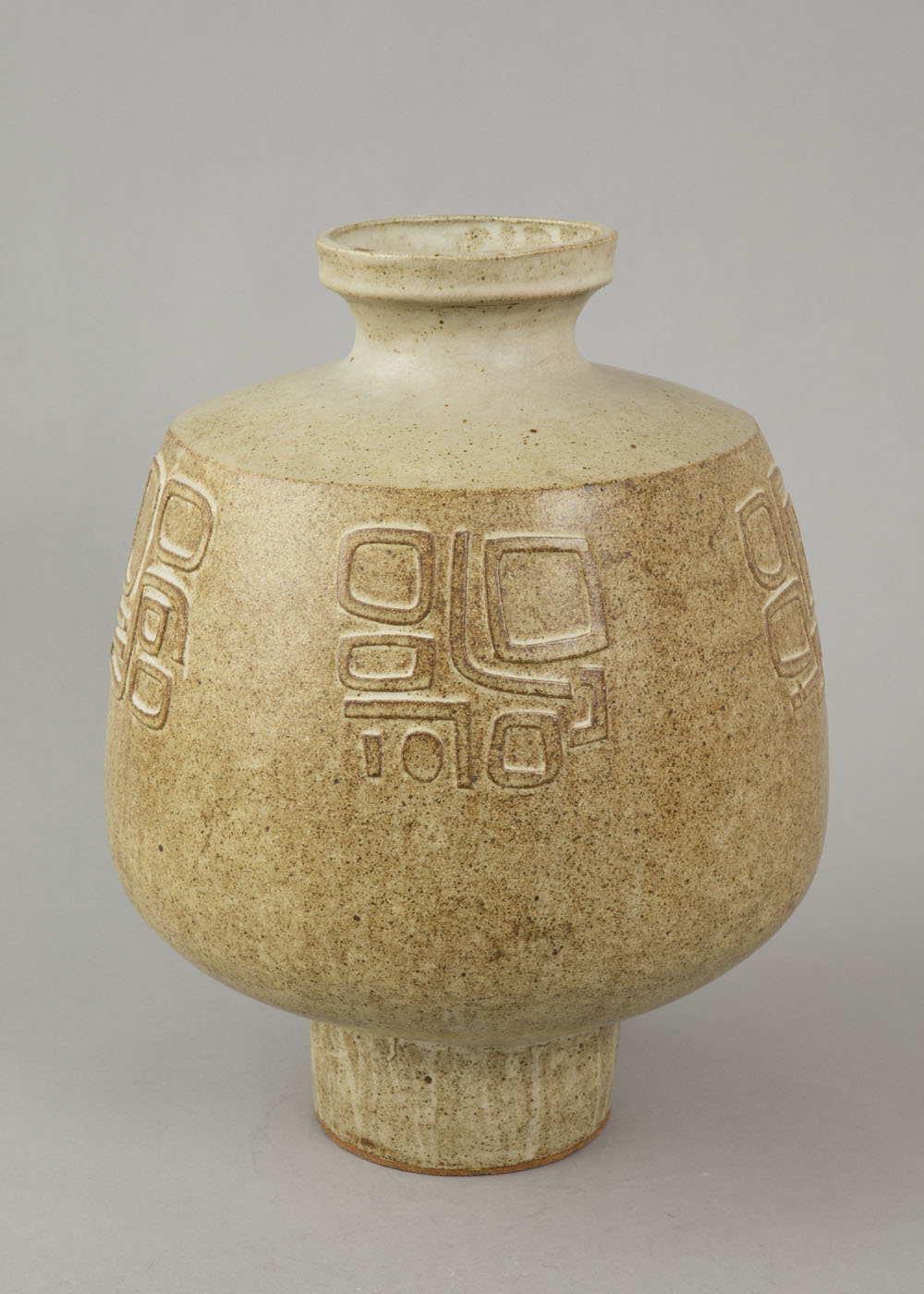
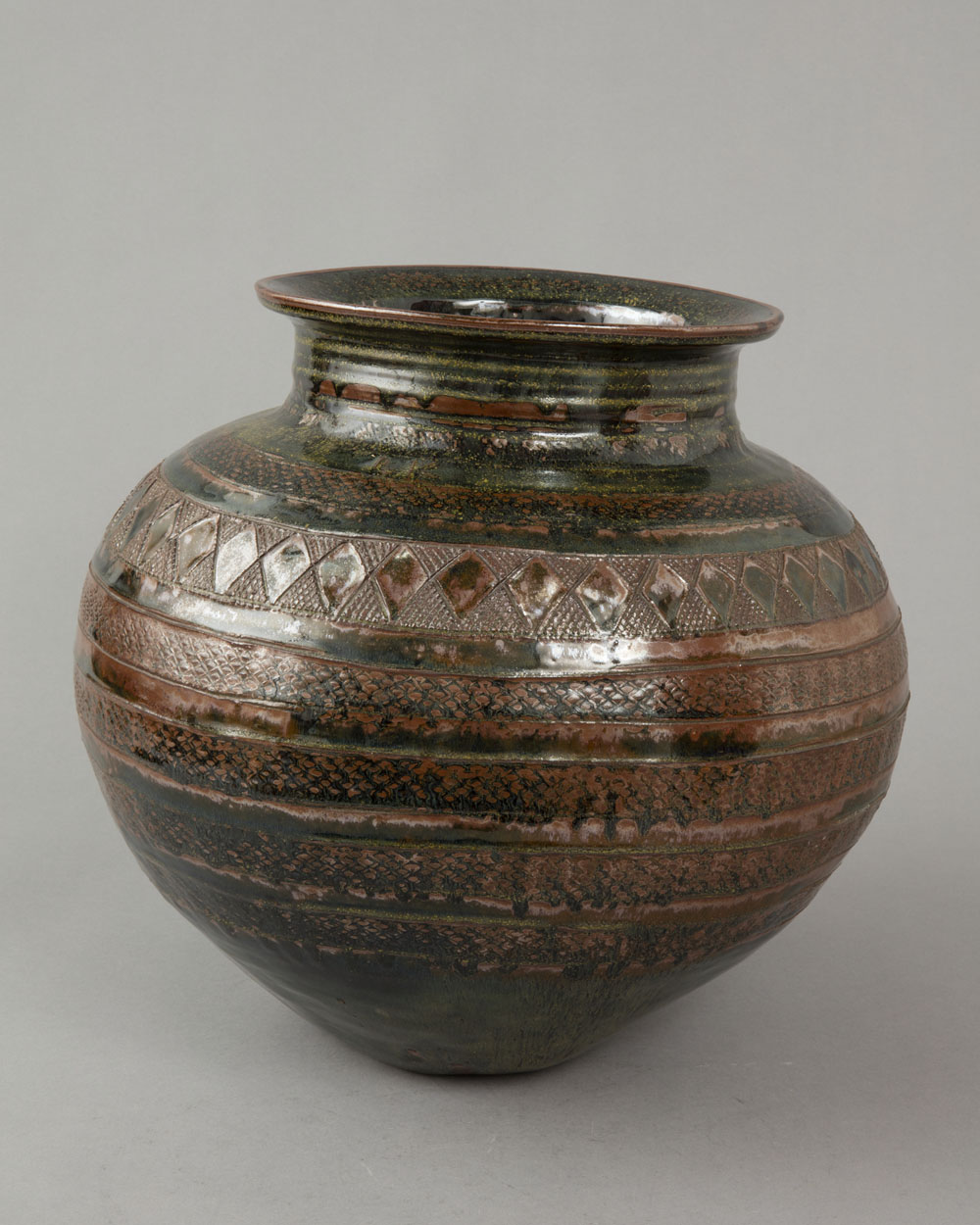
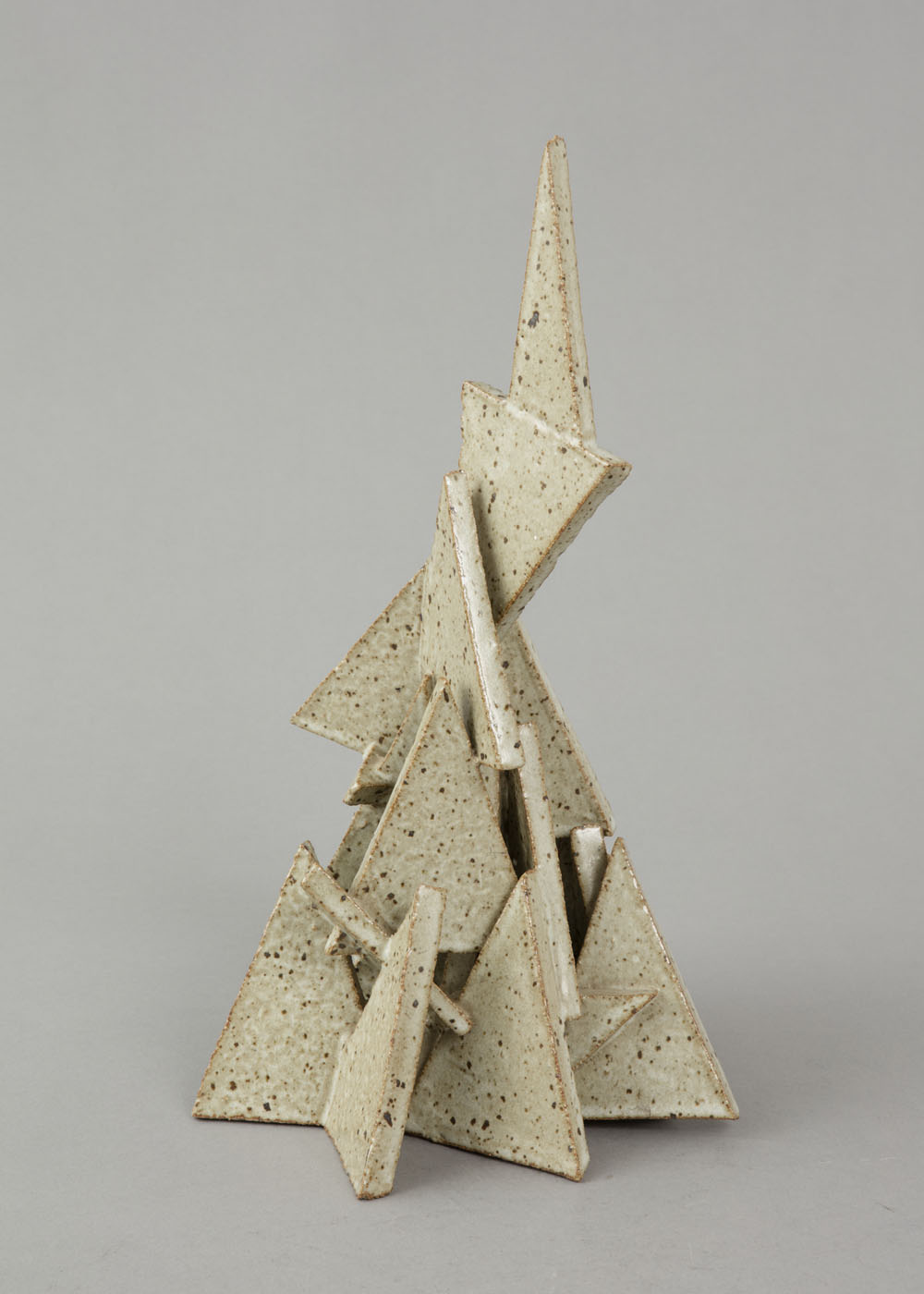
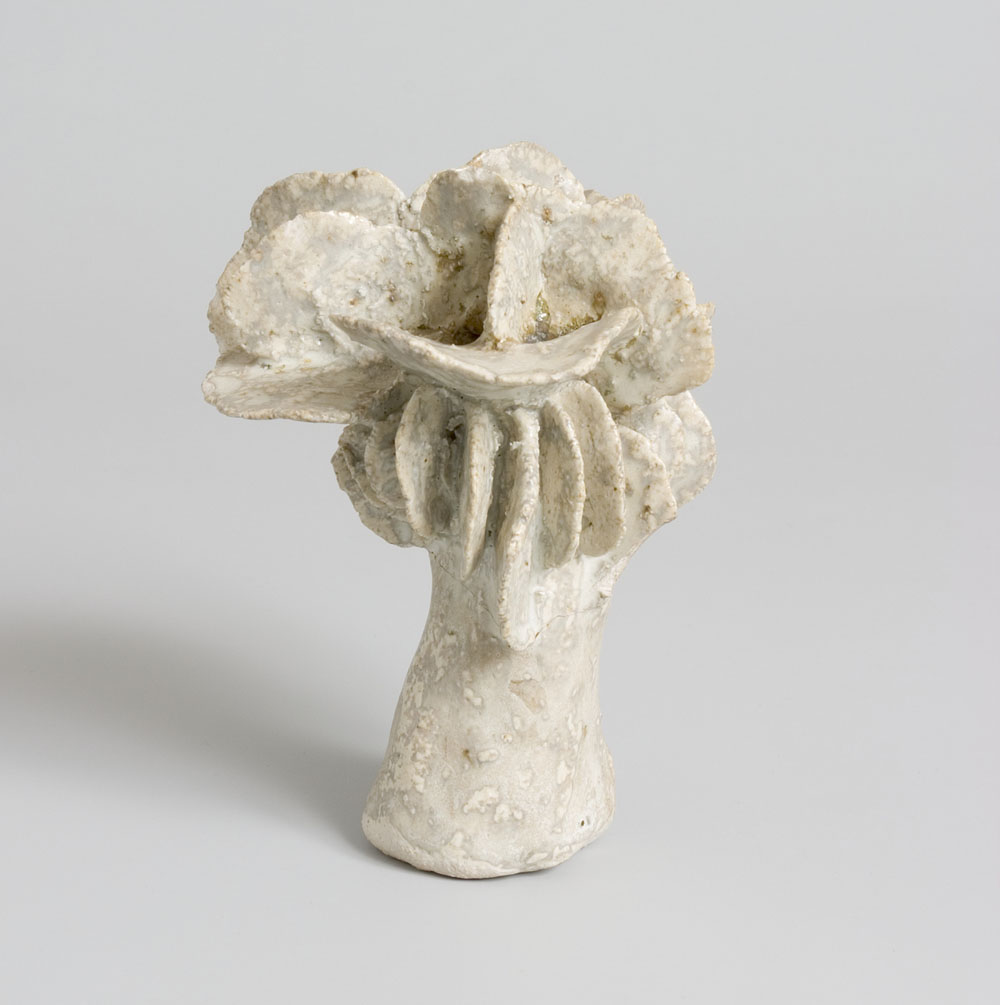
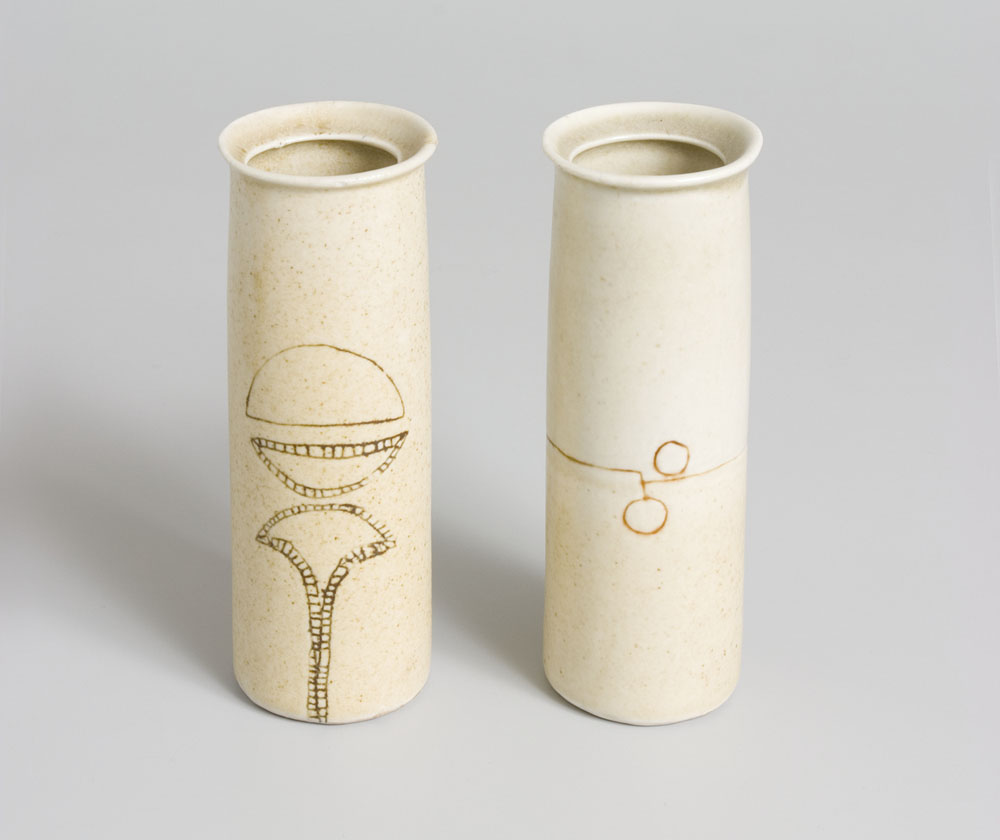
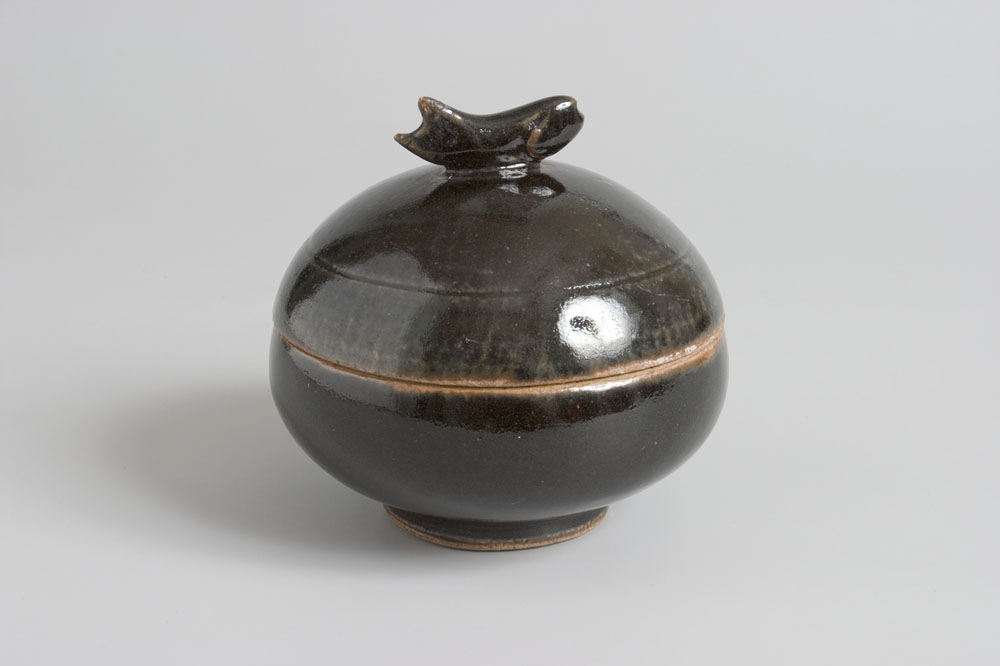
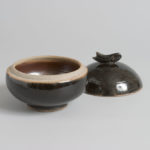 Stoneware with tenmoku glaze
Stoneware with tenmoku glaze